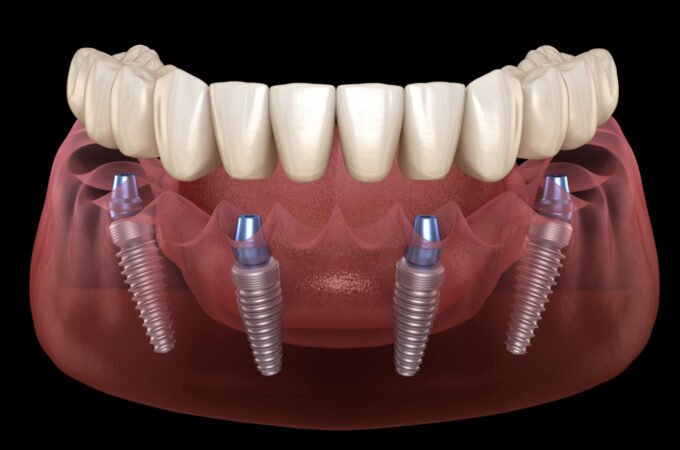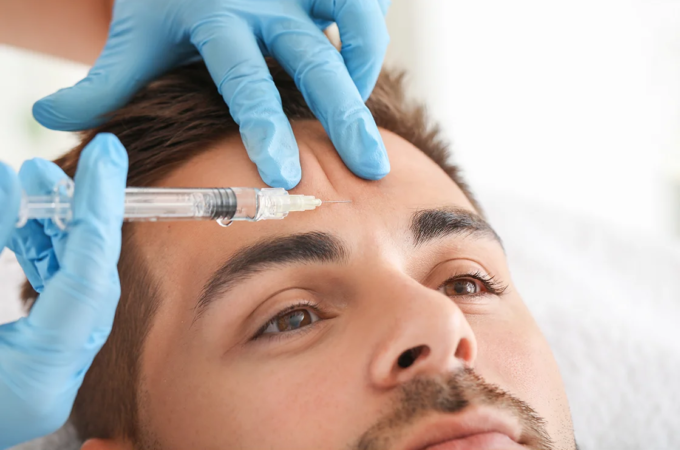
Alopecia Treatments with PRP / PRF Therapies
When we think of hair loss, we conjure up a vision of an aging grandparent in the later years of his/her life. However, hair loss is a common problem for almost everyone; in fact it is just as common in women as it is in men. Let’s discuss in more detail hair loss and what the treatments are available.
Alopecia is hair loss on the scalp or body. It most commonly can be bald patches on the scalp or it can be sudden hair loss. If you are experiencing serious hair loss as bald patches then you might have an Alopecia disorder. There are many causes of hair loss, and we recommend speaking to your health care provider if you are suffering from any type of hair loss.
One of the least invasive treatments for hair loss can be done in your lunch break. Hair and Skin Science clinics specialise in in Alopecia treatments with PRP / PRF therapies. These modern treatments are effective for both genders, particularly for those who have mild to severe hair loss. It also works for women who have traction alopecia, a condition where hair thinning results from excessive hair pulling that prevents new hair from growing.
Platelet-rich plasma (PRP) is used to hasten the healing process in various parts of the body. Medical professionals mainly employ this therapy for hair restoration which proves very effective when the patient experiences gradual hair loss. PRP has some scientific support for its ability to encourage hair growth.
Researchers initially postulated that PRP could aid in hair regrowth by reversing the process that occurs in androgenetic alopecia because some types of hair loss are caused by damage to hair follicles. PRP has gained popularity as a way to encourage hair growth. Injuries to the tendons, muscles, and ligaments, such as those sustained during athletic endeavours, have also been treated by doctors using PRP.

Many physicians suggest PRP treatment for alopecia, but some of them also believe that Platelet-rich fibrin PRF treatment for alopecia is superior to platelet-rich plasma (PRP) for hair repair despite certain fundamental distinctions between the two substances. Your body’s natural healing processes involve both platelets and fibrin, and PRP and PRF both have higher-than-average concentrations of platelets for improved healing action. However, there exist some significant distinctive features between them.
Since PRF is a 100% autologous biomaterial, it urges tissue regeneration, stimulates osteogenesis more, and promotes the growth of new blood vessels. In comparison to regular blood, PRF can have a platelet concentration that is roughly ten times higher, giving it excellent healing and regeneration qualities. Blood must be drawn for both procedures, though PRF requires less.
For this procedure, firstly the blood sample is drawn from the patient’s own body and then put in a centrifuge, a specialised machine where blood is spun to separate its constituents. Then, platelets and plasma get extracted via syringe and injected by a specialist into specific portions of the scalp while maintaining a distance of half an inch approximately over the blading area. It is a very micro-level treatment. The entire procedure could take an hour, and you might need to schedule several sessions. A person can typically resume their regular activities without any restrictions after undergoing PRP / PRF treatment.
Lastly, using some home remedies and taking good care of the hair may help to enhance thickness and growth. But if you are concerned about hair loss or growth, then you can book a free consultation at Hair and Skin Science which is the first clinic in Australia to provide PRF hair loss treatments (Platelet Rich Fibrin). Pioneered in the US, now available in Australia, at Melbourne, Sydney, Brisbane, Gold Coast and Perth clinics and will soon be introduced across our other locations.




